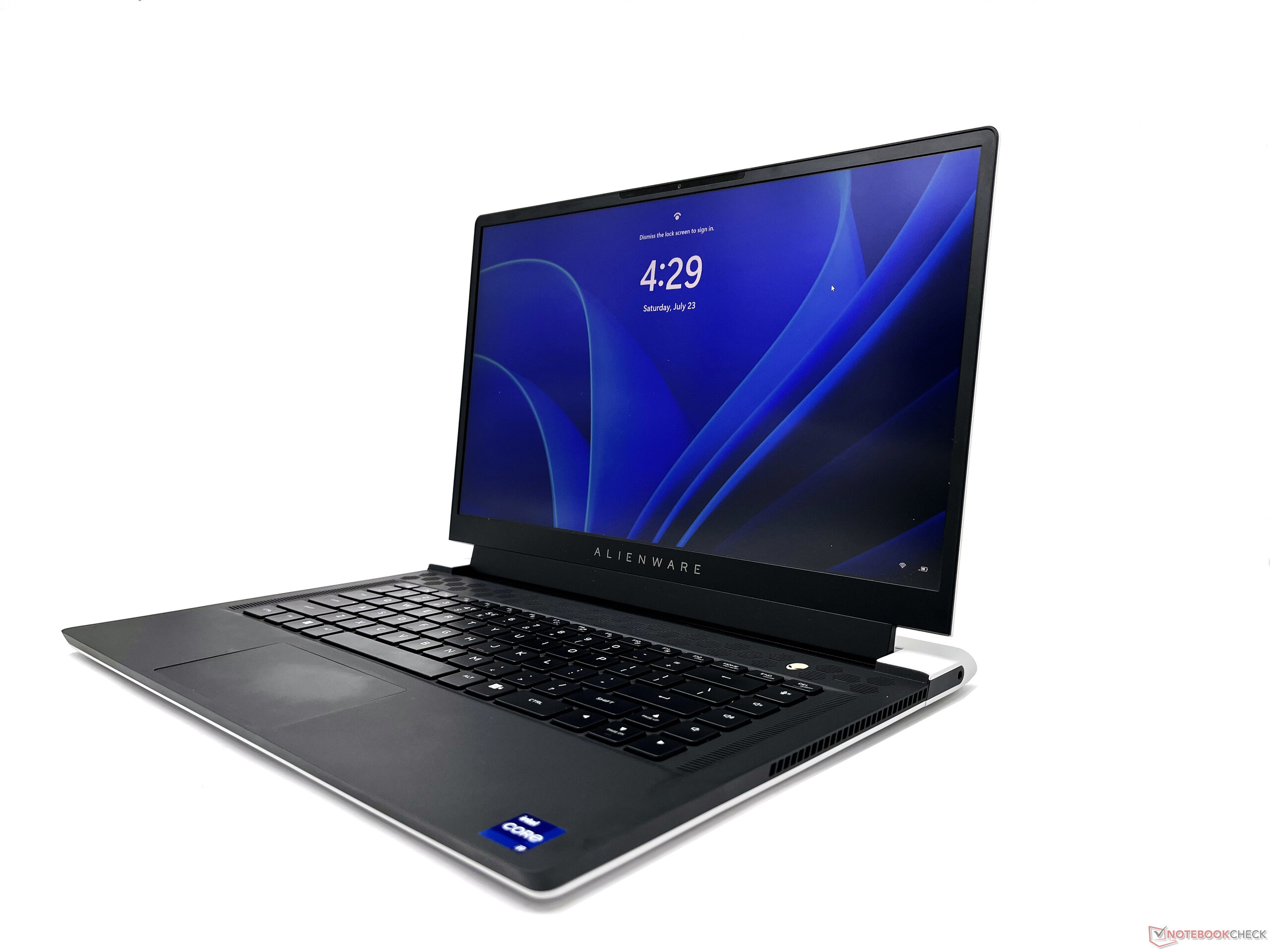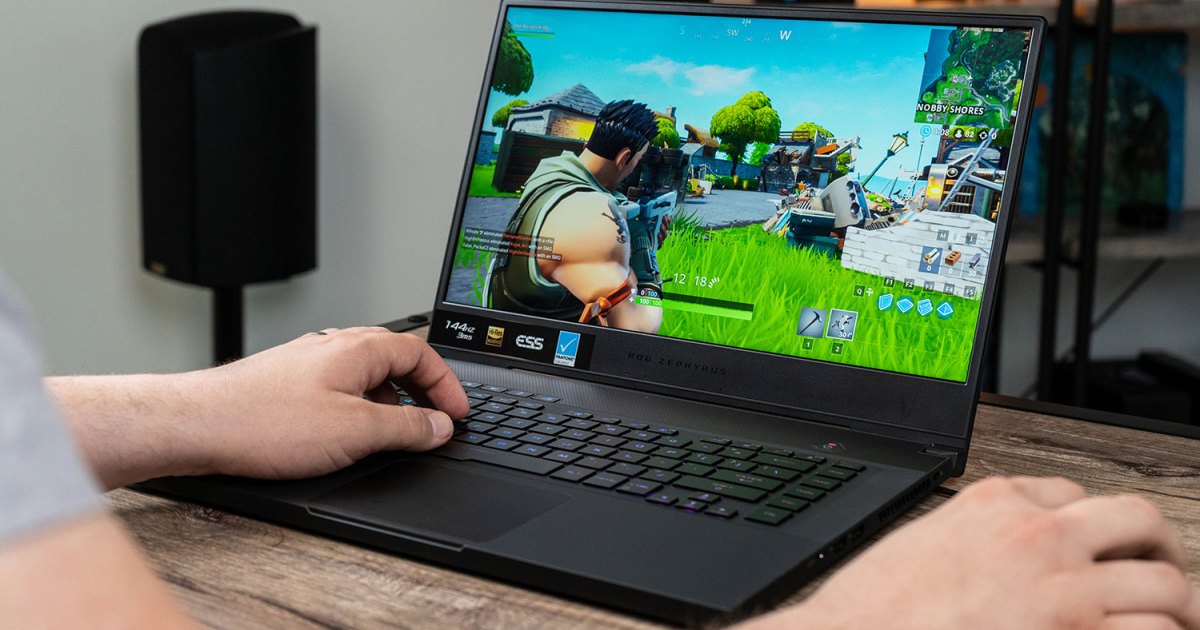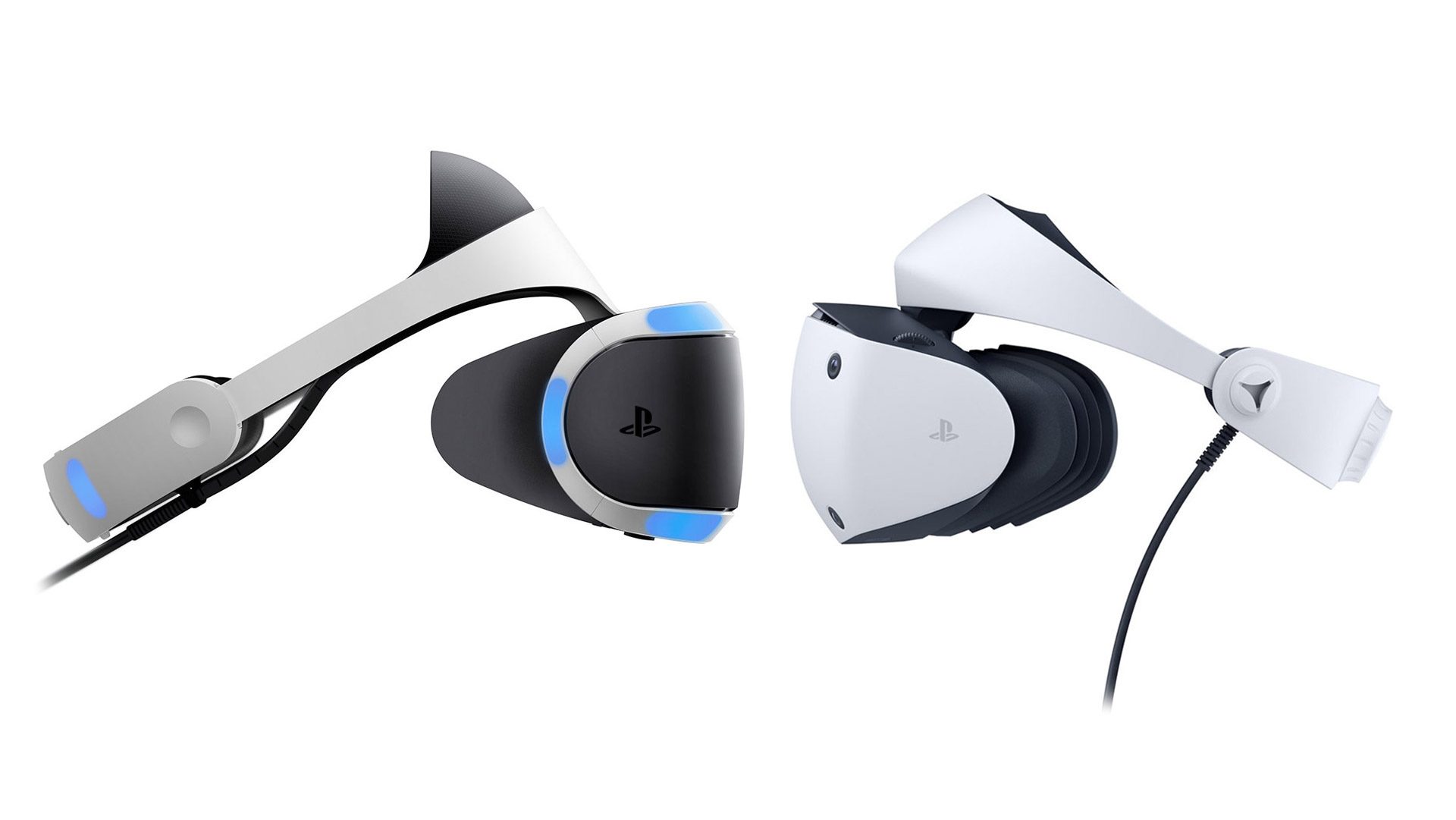Linux gaming laptops may finally get Nvidia Advanced Optimus support in near future

Nvidia is apparently contemplating a new user-house API (uAPI) for dynamic multiplexer (MUX) switching in Linux laptops. Now, MUX switching is dealt with by the vga-swicheroo infrastructure in the Linux kernel. Having said that, Nvidia feels that vga-switcheroo just isn’t reduce out for dynamic MUX switching also recognised as Advanced Optimus.
For individuals not mindful, modern Home windows laptops utilize computerized switching in between the reduced-electrical power built-in graphics in the CPU and the extra electrical power-hungry discrete GPU (if offered) in buy to decrease energy intake during non-intensive duties. This is named MSHybrid or, in Nvidia talk, Optimus. Whilst Optimus does convey battery lifestyle positive aspects, all the frames created by the dGPU will have to move by the iGPU that can turn out to be a opportunity bottleneck dependent on the workload.
A MUX swap allows the person to physically change the routing and bypass the iGPU altogether. This ought to deliver a perceivable advancement in frames aside from making it possible for other features this sort of as Nvidia ShadowPlay capture for the Home windows desktop or variable refresh price technology this sort of as G-Sync. Laptops these types of as the Asus ROG Strix Scar 15 allow for the user to change the MUX from within just Windows, but this necessitates a process restart every single time. 
On the other hand, laptops this sort of as the Alienware x15 R2 provide what is called Innovative Optimus or dynamic MUX switching that can transform the MUX routing on the fly. Nvidia claims that Advanced Optimus can present enhanced frame charges, lowered latency, and assist for G-Sync displays routinely without the consumer possessing to worry about manually switching MUX selections in the BIOS or reboot each individual time there’s a environment change.
Now, Nvidia desires to deliver this ability to the Linux kernel. Nvidia software package engineer Daniel Dadap posted a proposal for an “RFC-DRM-based uAPI for Dynamic Mux Switching” on freedesktop.org. In accordance to the Nvidia engineer, vga-switcheroo is unsuitable for MUX switching when the exhibit is lively. This is due to the fact the current implementation assumes that MUX switching is attainable only when neither GPU is driving the screen. 
One particular technique would be to increase vga-switcheroo’s performance, but that would also demand including userspace abilities as properly. Vga-switcheroo also assumes that there can be only one MUX in a program involving the iGPU and the dGPU. Whilst this is correct to a substantial extent, Nvidia notes that this assumption can impede some present and foreseeable future patterns that can use numerous MUXs (a person for the internal panel and one for the exterior, for instance). Nvidia has been internally tests and has even created an early X11/GLX prototype for dynamic MUX, according to Dadap.
The proposal calls for a new uAPI although also coupling the MUX extra tightly with the Linux Immediate Rendering Manager (DRM)-Kernel Manner Setting (KMS). Primarily, the dynamic MUX handle purpose will have to be assigned to a manner-setting shopper these types of as an X server or the Wayland compositor that currently has context of what is being drawn on screen.
More specialized facts and probable roadblocks about Nvidia’s proposal to give Highly developed Optimus on Linux can be observed at the Source connection underneath. At present, Nvidia is soliciting opinions from the community. If this proposal without a doubt materializes, the hybrid graphics expertise on Linux may perhaps ultimately be on par with what is presently out there in Home windows laptops right now.
Buy the Alienware x15 R2 with Main i9-12900H and RTX 3080 Ti on Amazon

However a mobile and molecular biologist by education, I have been drawn towards desktops from a incredibly young age ever considering the fact that I received my initial Computer in 1998. My passion for know-how grew quite exponentially with the times, and it has been an extraordinary experience from remaining a a lot solicited supply for tech suggestions and troubleshooting among family and good friends to becoming a member of Notebookcheck in 2017 as a professional tech journalist. Now, I am a Lead Editor at Notebookcheck masking news and assessments encompassing a large gamut of the technologies landscape for Indian and world-wide audiences. When I am not hunting for the upcoming major tale or having intricate measurements for opinions, you can find me unwinding to a great go through, listening to some soulful music, or attempting out a new game.






